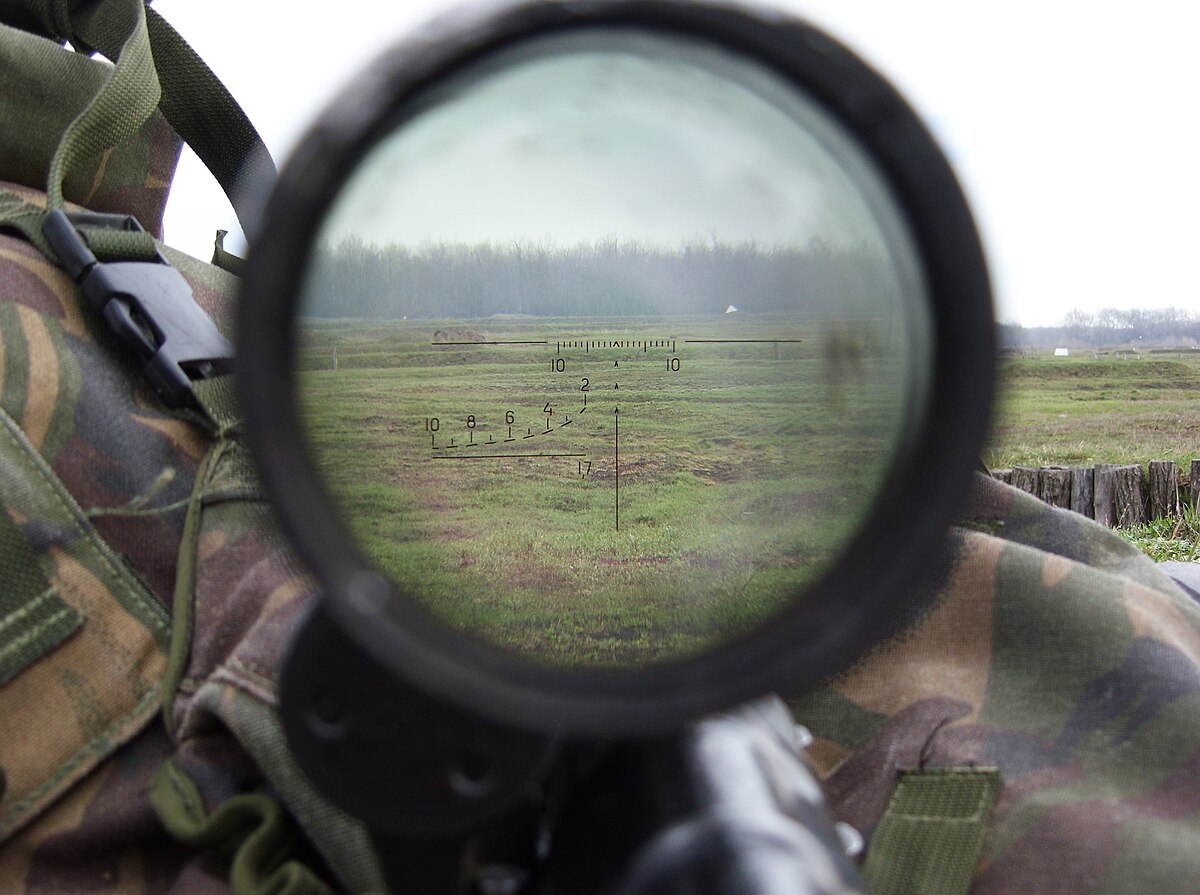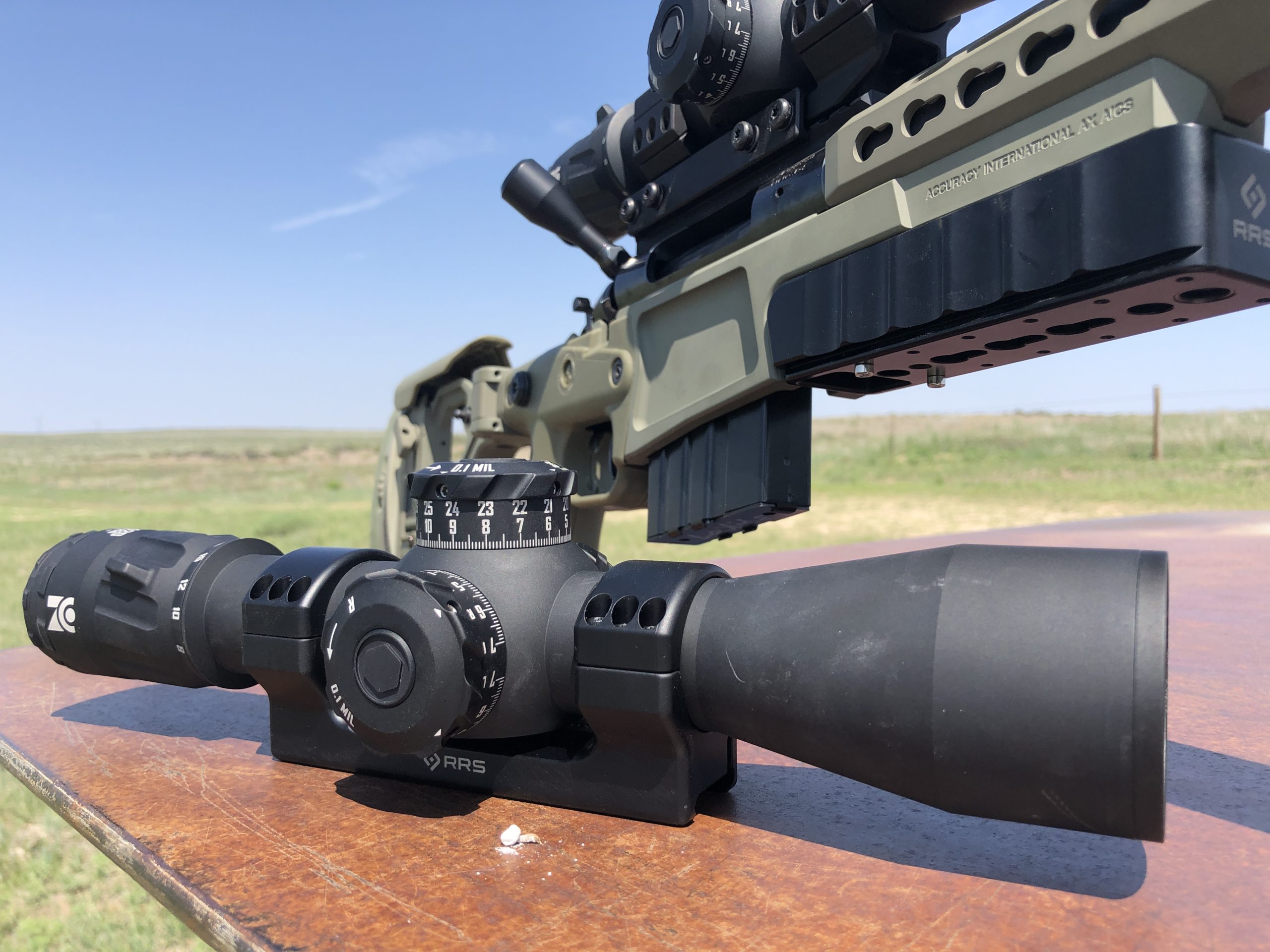Yes, bringing this up again because I can never get a real answer, even during a match with the top shooters. I know this is not really that big of a deal with calculator and all. What is even more odd, I have watched videos on people not in the US doing reviews on certain items and they are using MOA.
Just like stirring the POT..
Why do we use mil if all the targets are in yards. I consider myself "good" at math, but solving equations with less variables seems to be easier.
"Reasons" I've heard for Mil
They are in tenths.. that would be great if you were using meters
Mil uses whole numbers instead of factions.. really? Not after you do the math
It's what the military snipers use.. Being a vet, military uses meters
It's what I learned on..
The reason I use mil== the dude with the $2K weather station in my caulk is calling out wind corrections in mil!
I only have to come up 1mil vs 64424 clicks on MOA, which in PRS, makes a difference when adjusting for yardage . It about the same clicks but double the whole numbers and less of them, which is easier to deal with under pressure.
About the only thing I've figured out is maybe all the really high-end scopes that are made in Europe use mil only for a while and mil "dot" reticles came out earlier to use for range est.
Easy Math for yards and bullet drop or est. distance:
1 MOA @ 100 yards equals 1 inch
1 Mil @ 100 meters equals 10 centimeters
Harder Math:
1 mil @ 100 yards = 3.6 in
Adjustments:
.10 mil = .36 in
1/4 MOA = .25 in
Just like stirring the POT..
Why do we use mil if all the targets are in yards. I consider myself "good" at math, but solving equations with less variables seems to be easier.
"Reasons" I've heard for Mil
They are in tenths.. that would be great if you were using meters
Mil uses whole numbers instead of factions.. really? Not after you do the math
It's what the military snipers use.. Being a vet, military uses meters
It's what I learned on..
The reason I use mil== the dude with the $2K weather station in my caulk is calling out wind corrections in mil!
I only have to come up 1mil vs 64424 clicks on MOA, which in PRS, makes a difference when adjusting for yardage . It about the same clicks but double the whole numbers and less of them, which is easier to deal with under pressure.
About the only thing I've figured out is maybe all the really high-end scopes that are made in Europe use mil only for a while and mil "dot" reticles came out earlier to use for range est.
Easy Math for yards and bullet drop or est. distance:
1 MOA @ 100 yards equals 1 inch
1 Mil @ 100 meters equals 10 centimeters
Harder Math:
1 mil @ 100 yards = 3.6 in
Adjustments:
.10 mil = .36 in
1/4 MOA = .25 in
Last edited:





